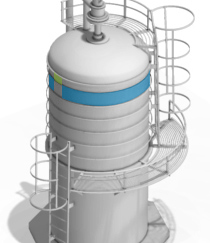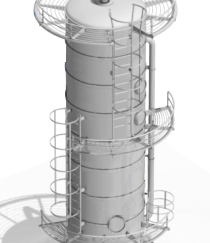REACH
Overview of REACH
REACH, which stands for Registration, Evaluation, Authorization, and Restriction of Chemicals, is a chemicals management regulation [Regulation (1907/2006/EC)] that requires all substances manufactured or imported into the EU in quantities of one ton or more per year to be registered, evaluated, authorized and restricted according to the quantity manufactured/imported and the hazards they pose and was introduced in June 2007 to protect human health and the environment from the use of chemicals while strengthening the competitiveness of industry in the EU.
Companies that manufacture substances, rather than the state, are the ones who produce and register hazard data, and are pursuing a "no data, no market" approach, whereby if a company can't prove that a substance is safe, it can't go to market.
| PRODUCT | EC No. | CAS No. | Tonnage band |
|---|---|---|---|
| LAB | 268-051-0 | 67774-74-7 | >1000t |
| Hvy LAB | 284-660-7 | 84961-70-6 | |
| LABSA | 287-494-3 | 85536-14-7 | |
| NP(C10~13) | 929-018-5 | 129813-66-7 | |
| NP(C14~17) | 917-828-1 | 185857-35-6 | |
| N-Par-14 | 211-096-0 | 629-59-4 | |
| N-Par-16 | 208-878-9 | 544-76-3 | 100~1000t |
We have appointed ISU Chemical Germany GmbH as our Only Representative (OR) for EU REACH.


















